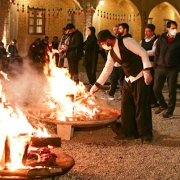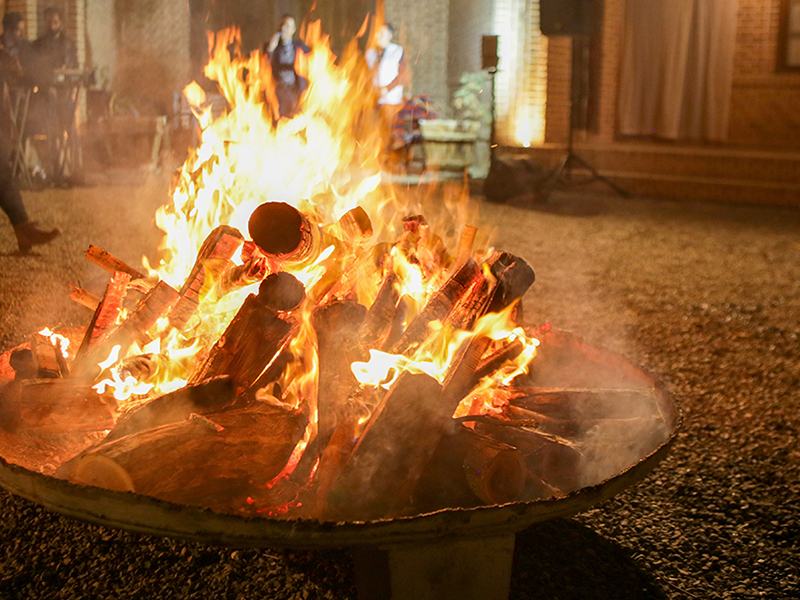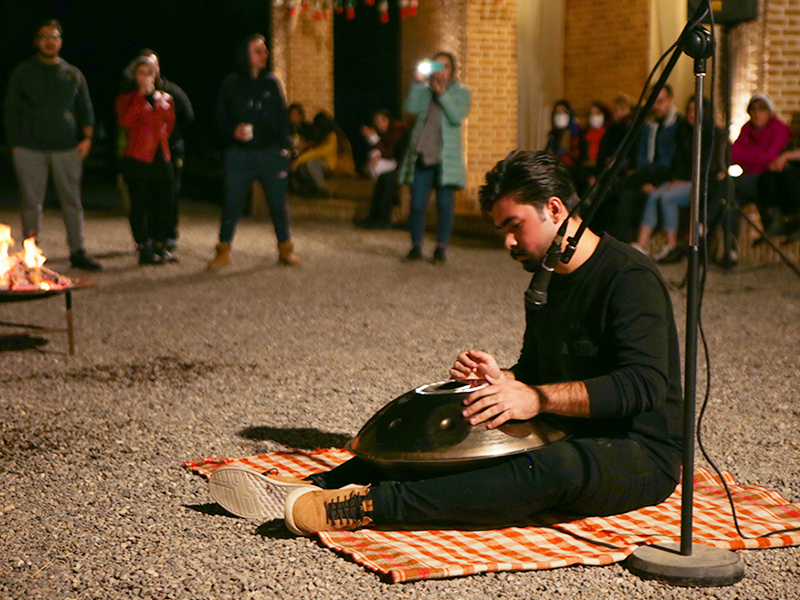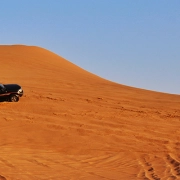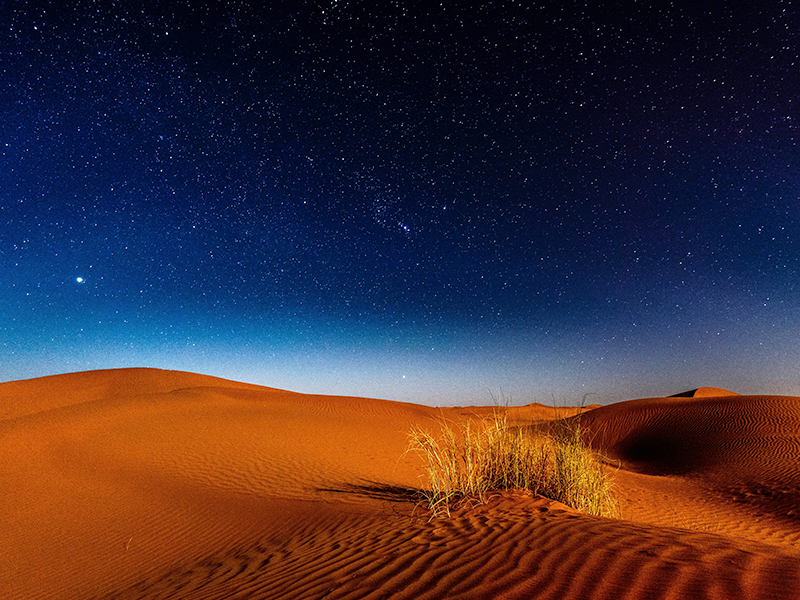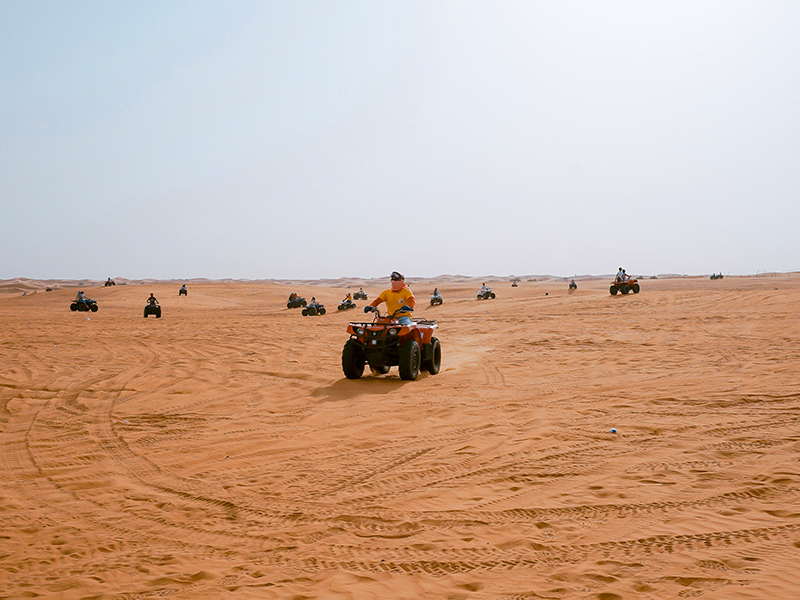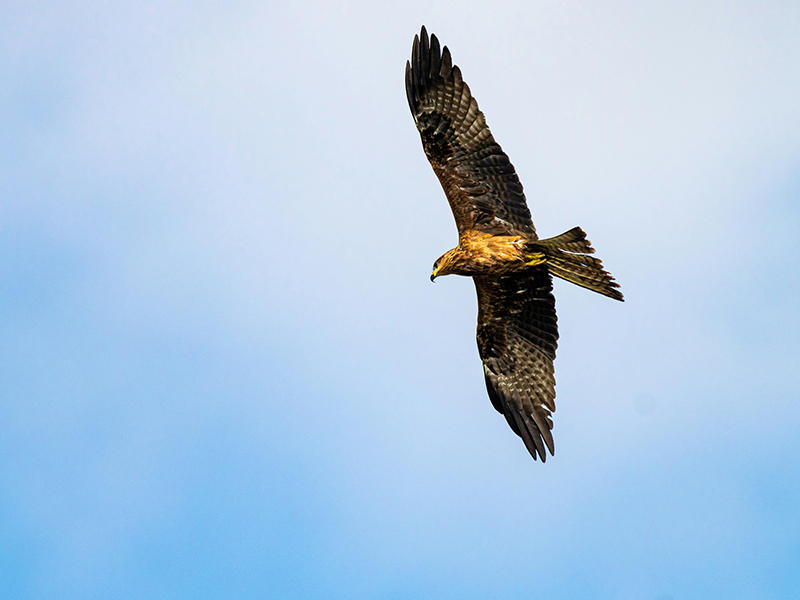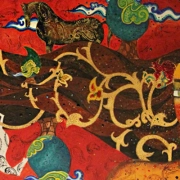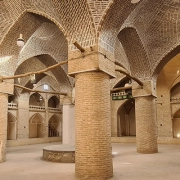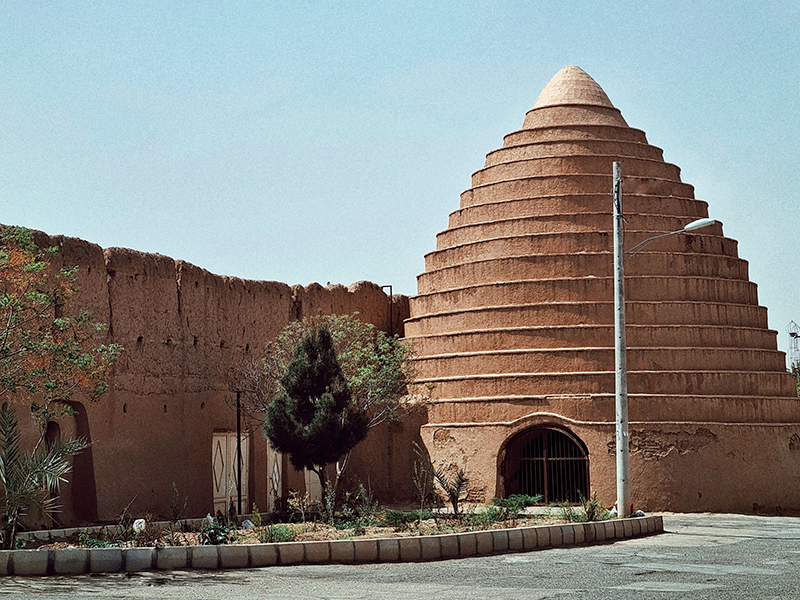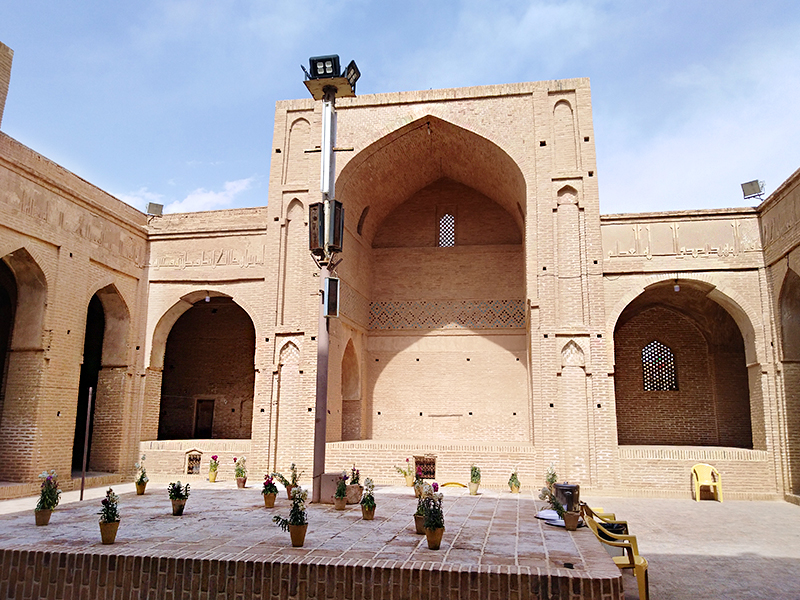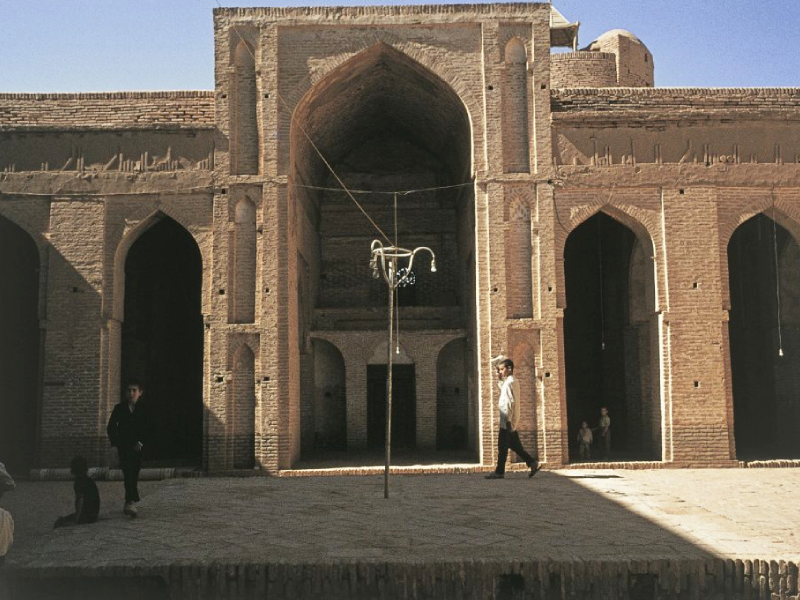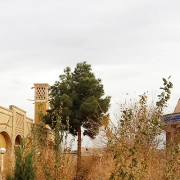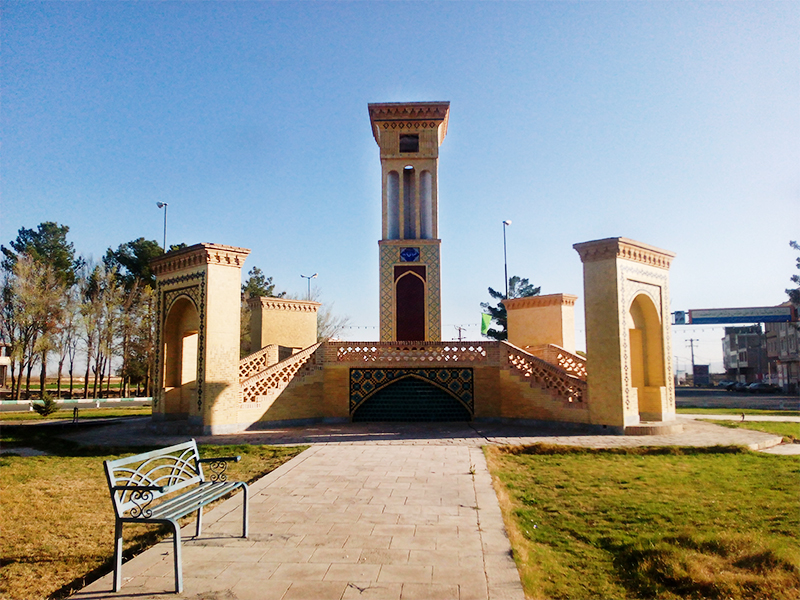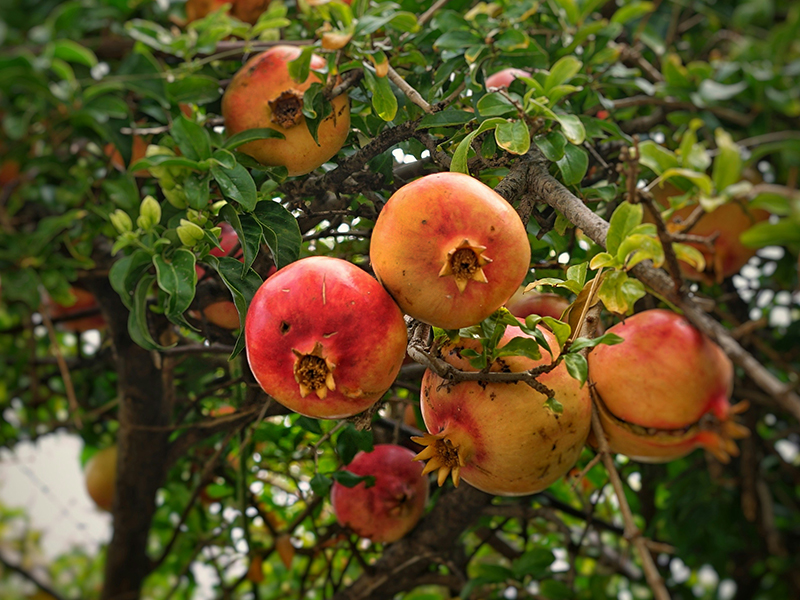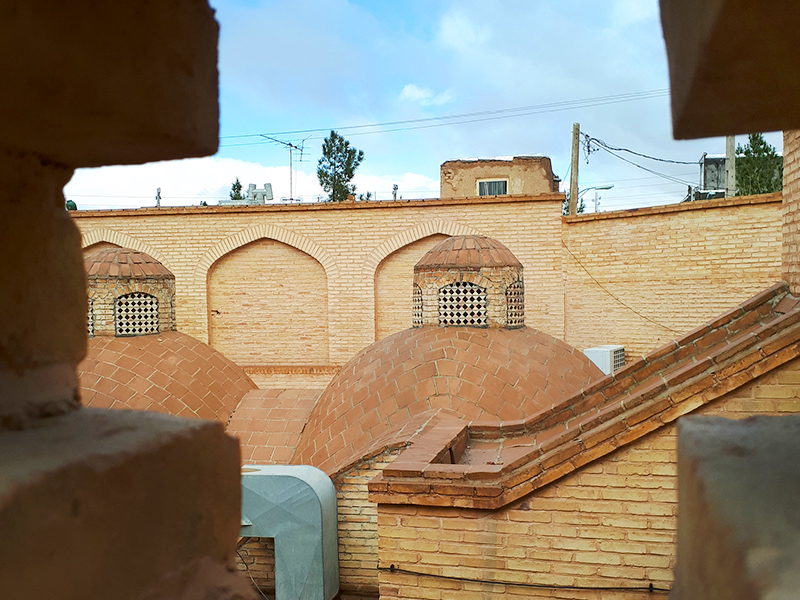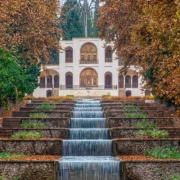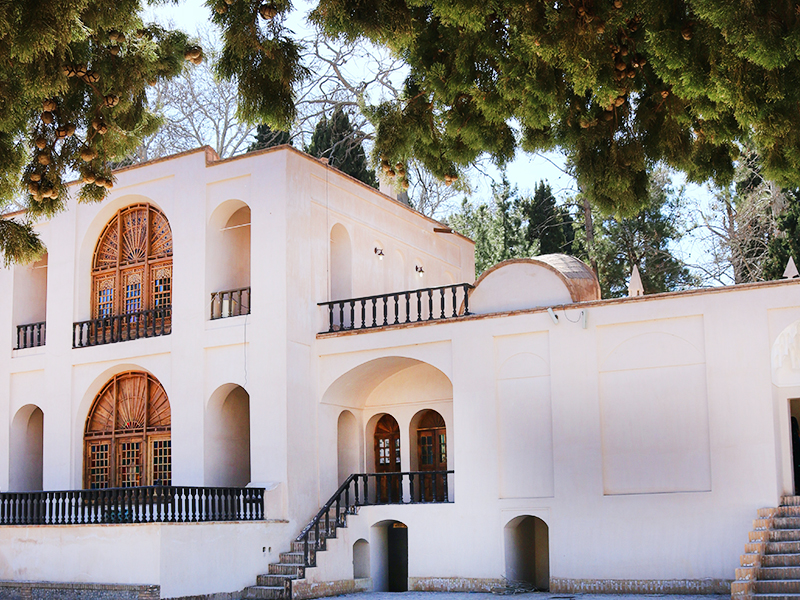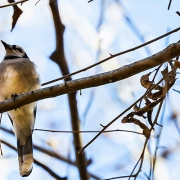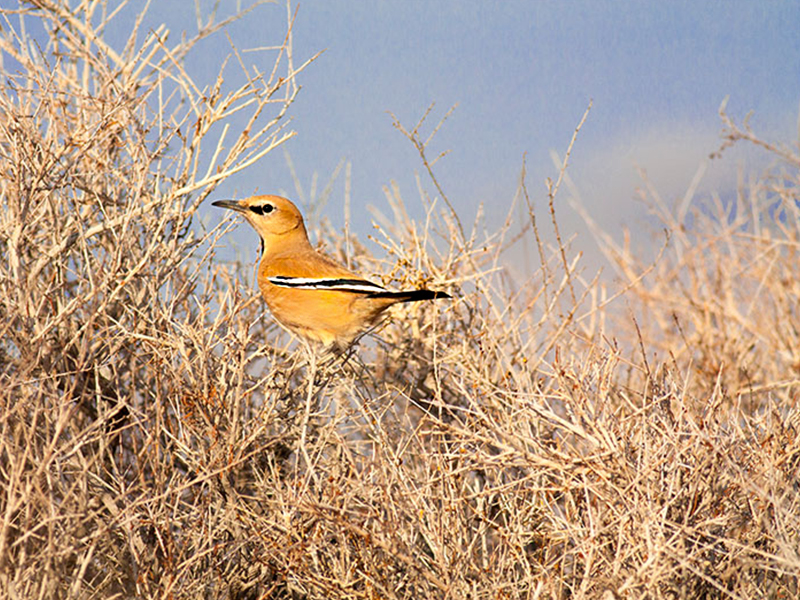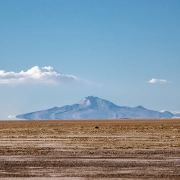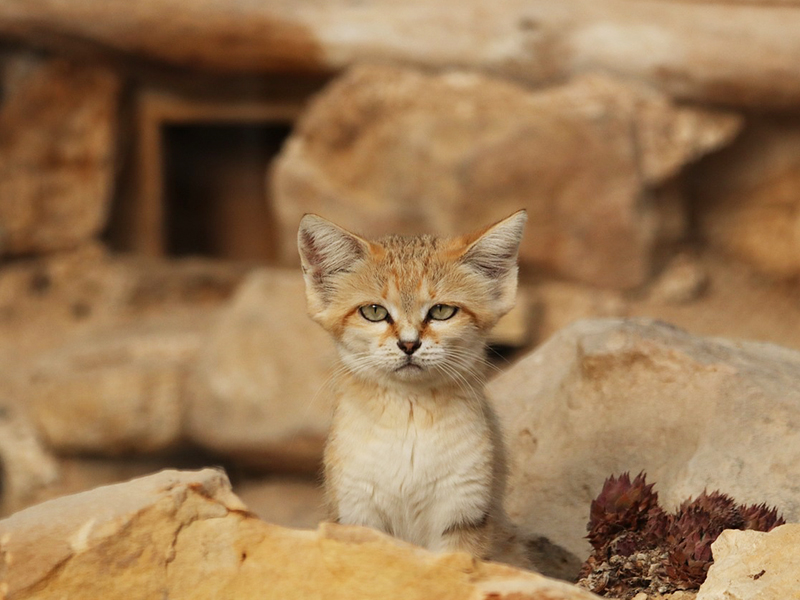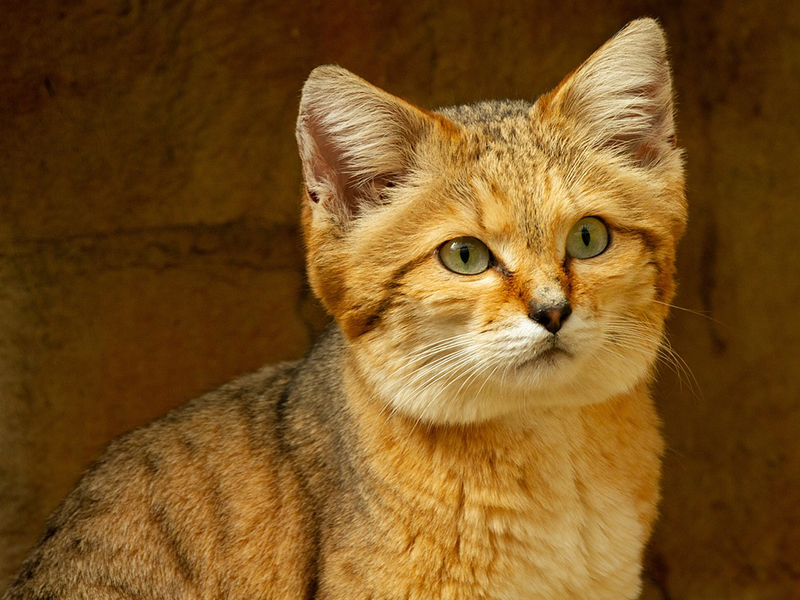Tirgan Festival (History, Date, Food, Photos)
The ancient Iranian calendar is full of celebrations and ceremonies, each carrying significant rituals and meanings. These traditions have persisted throughout history and continue to flourish as a valuable heritage of the land of Iran. From the ancient festival of Nowruz to the summer festival of Chelleh, Sadeh festival, Farvardingan festival, Khordadgan festival, and many other Iranian festivals, each of them is a reminder of the authentic Iranian identity. Iranian calendar celebrations, including Tirgan, include a set of authentic Iranian rituals and customs.
Every celebration like Tirgan becomes a memorial of authentic Iranian identity. Stay with us until the end of this article to get to know the Tirgan Festival and its distinctive customs.
Tirgan Festival History
The celebration of Tirgan, along with Nowruz, Mehregan, Sepandarmazgan, and Sadeh Festival, is among the most important Iranian festivals, deeply valued in the past when Iranians held grand and splendid festivities. Regarding the philosophy behind Tirgan, there are two interesting narratives, and we will introduce them here:
The First Narration, Arash Kamangir
In the first narrative, the conflict between Iran and Turan continued for years. In the battle between Afrasiab and Manouchehr, the Iranian army faced a tough defeat on the first day of Tir. The Iranian forces found themselves in a difficult situation in Mazandaran, and eventually, both sides came to a compromise.
To establish the border between the two countries and put an end to the conflict, they agreed to shoot an arrow towards the east from Mazandaran. Wherever the arrow landed would mark the border, and no country would go beyond that point.
Arash, the greatest archer among Iranians, could throw the arrow farther than anyone with his unique strength. The earth angel ordered Arash to take the bow and shoot an arrow towards the east. Arash then took the arrow and bow, climbed the heights of Mount Damavand, released the arrow towards the east, and fell lifeless to the ground.
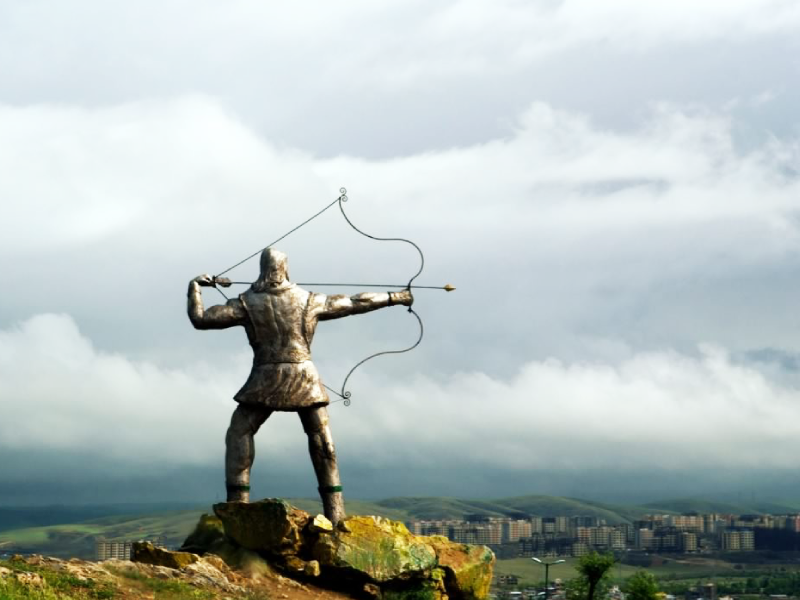
Ahura Mazda, the great god, commanded the wind angel to guard the arrow and protect it from harm. The arrow traveled across the sky from dawn until noon, passing over mountains, valleys, and plains until it settled next to a walnut tree, the largest in existence, by the Jeyhun River.
They made that place as the border between Iran and Turan, and every year, they celebrated Tirgan in remembrance of this event. The Tirgan festival among Iranians emerged from that time.
The Second Narration, Tishtriya
In the second narration, Tishtar Baran or Tishtriya, the rain angel appears in the form of a fifteen-year-old youth in the first ten days of the month. In the next ten days, Tishtar turns into a bull, and in the last ten days, he takes on the appearance of a horse. Tishtar descends into the cosmic sea in the form of a white horse with beautiful golden ears and adorned with a golden mane and harness.
There, he encounters the drought demon (Apaosha) in the form of a scary-looking black horse with black ears and tail. These two are engaged in a fierce battle for three days and nights.
Tishtar, however, faces defeat in this fight and seeks help from God. Seeking divine help, Tishtar once again triumphs over the demon of drought and allows the waters to flow freely in the fields and pastures.
The winds carry the rain clouds from the cosmic sea and rain the life-giving rains throughout the seven regions of the earth. In celebration of this victory, Iranians celebrate a day of celebration in memory of Tishtar’s victory over the demon of drought and the subsequent blessing of abundant rain.
How Is Tirgan Celebrated?
Tirgan Summer Festival is celebrated with great enthusiasm and joy, which shows the rich cultural heritage of Iranian society. This festival is usually held in July and is dedicated to Tir, an ancient Persian god associated with rain and fertility.

During Tirgan, people participate in various celebrations, including traditional music and dance performances, art exhibitions, and cultural shows. One of the prominent traditions is to tie colorful threads around the wrist as a symbol of unity and friendship.
Families and friends gather to enjoy delicious Persian food, and picnics in parks and public spaces are a common sight. Tirgan is a time when Iranians celebrate their culture, appreciate the blessings of nature, and strengthen their sense of community through shared experiences and traditions.
Seven-Color Bracelets
At the beginning of the Tirgan summer festival, people sweeten their mouths with available sweets. After this sweet beginning, they adorn their wrists with bracelets called “Tir and Bad,” or seven-colored bracelets that symbolize Arash’s bow.
These bracelets, which are usually woven from seven threads or ropes with different colors, have special importance. Nine days later, as the Tirgan festival ends on the 22nd day of Tir or Wind Day, people ceremonially throw their Tir and Bad bracelets to the wind.
This ritual, which is held in a high place, is a tribute to Arash Kamangir and embodies personal and national aspirations, such as protecting the homeland from the devil’s trap. Leaving these bracelets to the wind becomes a symbolic movement that carries hopes and wishes for the welfare and protection of the nation.
Aabpashi
Another common custom in the Tirgan summer festival is “Ab-Rizan” or “Aabpashi,” which involves splashing water on others. This tradition, which is known by titles such as “Abrizegan,” “Abpashan,” or “Sarshuran,” contains the wish for rain and to avoid drought.
Participants joyfully participate in sprinkling water on each other, symbolizing their collective desire for abundant rainfall and an easing of dry spells. This lively custom not only adds to the festive atmosphere of Tirgan but also brings collective hope for the prosperity and abundance of agriculture and makes it an integral part of the celebration.
Tirgan Festival Food
Tirgan Festival food is a delightful showcase of Iranian culinary traditions that offers a feast for the senses. Participants in the Tirgan Summer Festival can enjoy a variety of delicious dishes that highlight the rich flavors and aromatic spices of Iranian cuisine.

Traditional favorites such as kebabs, aromatic rice dishes such as polo, and flavorful stews such as ghormeh sabzi are often eaten during the celebration. Sweets and pastries such as baklava and Iranian desserts with saffron add sweetness to this celebration.
In addition to these delicious foods, participants often enjoy refreshing drinks such as doogh, a yogurt-based drink, to beat the summer heat. The food of the Tirgan festival not only satisfies the palate but also acts as a cultural expression and brings people together to share the joy of Iranian food.
Do Persians Celebrate the Summer Solstice?
Persians celebrate the summer solstice, and one of the most important celebrations during these days is the Cheleh Festival. The summer solstice is the longest day of the year and has cultural significance in Iran.
Chelleh, which occurs around June 21st, is a joyful occasion where families and friends gather to celebrate the warmth of summer, nature, and abundant life.
People participate in various celebrations, including picnics, music, and dancing. Chelleh is a reflection of the deep connection of Persians with nature and the change of seasons and has turned it into a lively and popular celebration in Iranian culture.
Tirgan Festival Iran
Tirgan festival is the only surviving monthly festival from ancient Iran, which is held on the 13th day of the Tir month in the Zoroastrian calendar, corresponding to the 10th day of the solar month of Tir. This festival is held in different regions of Iran, and its history differs in each region.
In Mazandaran province and cities such as Firuzkuh, Sari, Savadkuh, and also Sangsar in Semnan province, a festival known as “Tir Rouz” or “Sizdah Shou” is held in the autumn season. The date falls on the 12th of Aban in the solar calendar, equivalent to the 13th day of Tir in the Tabari calendar.
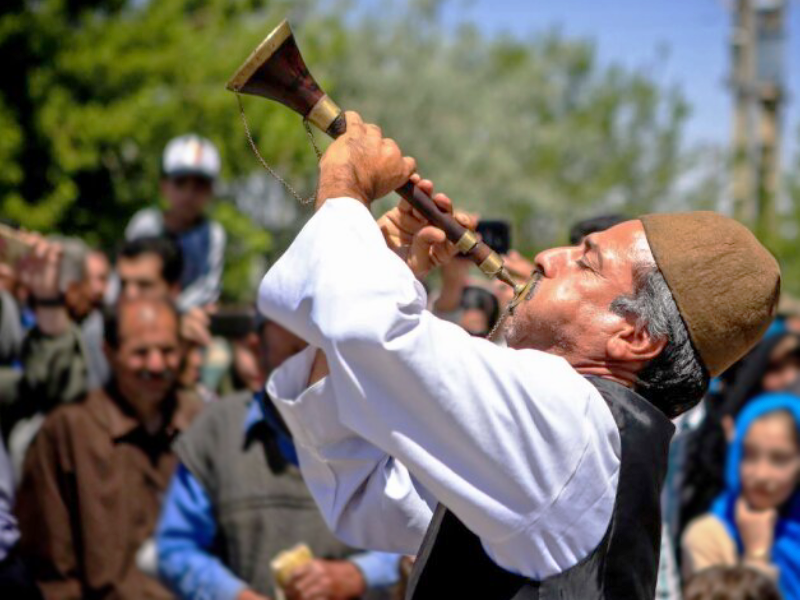
In Farahan, located in the central province and the Garizat region in Yazd province, Tirgan is celebrated on the first day of the Tir month. Farahan locals honor the occasion as a harvest festival for wheat, while Garizat residents celebrate it as “Ab, Tir, Mahi” or “Water, Tir, Fish.”
In Sangsar, people celebrate Tirgan, locally referred to as “Tir Mo-ei Sizdah,” on the 22nd of Aban, accompanied by a special dish called “Sizdah Tamo.”
Armenians in Isfahan and some other places worldwide consider the 23rd of Dey month (January 13th) as Tirgan day and commemorate it with festivities.
Gilakis consider the 27th of Aban as Tirgan day, following their unique calendar.
Zoroastrians in Kerman province celebrate Tirgan as “Tir-o-Jashn” during the second decade of Tir.
Final Word
Tirgan Festival is a lively celebration that beautifully embodies the spirit of Iranian culture and tradition. Tirgan strengthens the sense of community and happiness from the colorful threads of unity to the lively music and dance performances.
This festival provides an opportunity for people to come together, share delicious traditional food, and enjoy Iran’s rich heritage. Focusing on appreciating nature’s bounty, Tirgan not only provides a cultural experience but also reinforces the importance of unity, friendship, and appreciation for life’s simple pleasures.
As families and friends gather for picnics, performances, and shared moments, Tirgan emerges as a precious celebration that leaves a lasting impression and cherished memories for all who participate in its festivities.
Are you planning to travel to Iran and looking for an Iran resort? Consider Matinabad Eco-resort.


